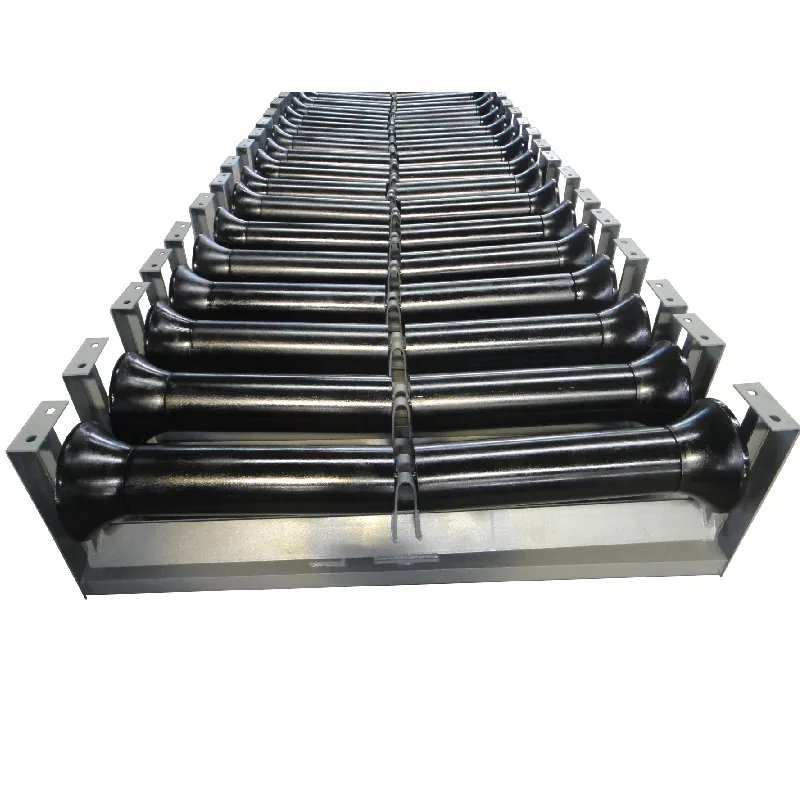 Afrikaans
Afrikaans  Albanian
Albanian  Amharic
Amharic  Arabic
Arabic  Armenian
Armenian  Azerbaijani
Azerbaijani  Basque
Basque  Belarusian
Belarusian  Bengali
Bengali  Bosnian
Bosnian  Bulgarian
Bulgarian  Catalan
Catalan  Cebuano
Cebuano  Corsican
Corsican  Croatian
Croatian  Czech
Czech  Danish
Danish  Dutch
Dutch  English
English  Esperanto
Esperanto  Estonian
Estonian  Finnish
Finnish  French
French  Frisian
Frisian  Galician
Galician  Georgian
Georgian  German
German  Greek
Greek  Gujarati
Gujarati  Haitian Creole
Haitian Creole  hausa
hausa  hawaiian
hawaiian  Hebrew
Hebrew  Hindi
Hindi  Miao
Miao  Hungarian
Hungarian  Icelandic
Icelandic  igbo
igbo  Indonesian
Indonesian  irish
irish  Italian
Italian  Japanese
Japanese  Javanese
Javanese  Kannada
Kannada  kazakh
kazakh  Khmer
Khmer  Rwandese
Rwandese  Korean
Korean  Kurdish
Kurdish  Kyrgyz
Kyrgyz  Lao
Lao  Latin
Latin  Latvian
Latvian  Lithuanian
Lithuanian  Luxembourgish
Luxembourgish  Macedonian
Macedonian  Malgashi
Malgashi  Malay
Malay  Malayalam
Malayalam  Maltese
Maltese  Maori
Maori  Marathi
Marathi  Mongolian
Mongolian  Myanmar
Myanmar  Nepali
Nepali  Norwegian
Norwegian  Norwegian
Norwegian  Occitan
Occitan  Pashto
Pashto  Persian
Persian  Polish
Polish  Portuguese
Portuguese  Punjabi
Punjabi  Romanian
Romanian  Russian
Russian  Samoan
Samoan  Scottish Gaelic
Scottish Gaelic  Serbian
Serbian  Sesotho
Sesotho  Shona
Shona  Sindhi
Sindhi  Sinhala
Sinhala  Slovak
Slovak  Slovenian
Slovenian  Somali
Somali  Spanish
Spanish  Sundanese
Sundanese  Swahili
Swahili  Swedish
Swedish  Tagalog
Tagalog  Tajik
Tajik  Tamil
Tamil  Tatar
Tatar  Telugu
Telugu  Thai
Thai  Turkish
Turkish  Turkmen
Turkmen  Ukrainian
Ukrainian  Urdu
Urdu  Uighur
Uighur  Uzbek
Uzbek  Vietnamese
Vietnamese  Welsh
Welsh  Bantu
Bantu  Yiddish
Yiddish  Yoruba
Yoruba  Zulu
Zulu Mar . 05, 2025 05:16
Back to list
Automatic Cleaning Spiral Roller
The Innovative Advantage of Self-Cleaning Tail Pulleys in Modern Conveying Systems
Furthermore, the authoritative impact of self-cleaning tail pulleys is becoming increasingly recognized across various industries. Companies that have adopted these systems report marked improvements in system reliability and throughput efficiency. Authoritative industry publications and case studies have underscored these benefits, citing examples where maintenance costs have dropped by as much as 30%. Such figures not only bolster the clout of self-cleaning pulleys but also encourage their widespread adoption as a best practice in conveyor maintenance. Trustworthiness is paramount when integrating new technologies into well-established industrial processes. With the self-cleaning tail pulley, trust is built through consistent performance and evidence-backed results. Manufacturers often provide robust warranties and support services, ensuring that their pulleys deliver as promised. Moreover, the reduction in required manual upkeep enhances workplace safety, as the need for workers to intervene with potential hazards is diminished. This aspect not only builds trust among operational teams but also supports compliance with stringent industrial safety regulations. The backing of E-E-A-T principles further ensures that self-cleaning tail pulleys stand as legitimate, reliable, and forward-thinking solutions within material handling sectors. Their development utilizes industry-leading research and data, aligning with the latest trends in sustainable and efficient practice. This alignment not only satisfies operational demands but also addresses broader environmental concerns by minimizing waste and energy use — a vital consideration in today’s eco-conscious world. In conclusion, the self-cleaning tail pulley is a testament to innovation in industrial conveying. It elevates the performance of conveying systems by offering substantial reductions in maintenance needs and operational downtimes, ensuring a smoother, more efficient workflow that aligns with the rigorous demands of modern industry. By integrating these pulleys, industries not only enhance their operational capacity but also align with the advancing technological landscape, reinforcing their commitment to reliability, efficiency, and sustainability. As such, this technology is not merely an upgrade but a strategic advancement that propels material handling into a future defined by intelligent and autonomous operation.


Furthermore, the authoritative impact of self-cleaning tail pulleys is becoming increasingly recognized across various industries. Companies that have adopted these systems report marked improvements in system reliability and throughput efficiency. Authoritative industry publications and case studies have underscored these benefits, citing examples where maintenance costs have dropped by as much as 30%. Such figures not only bolster the clout of self-cleaning pulleys but also encourage their widespread adoption as a best practice in conveyor maintenance. Trustworthiness is paramount when integrating new technologies into well-established industrial processes. With the self-cleaning tail pulley, trust is built through consistent performance and evidence-backed results. Manufacturers often provide robust warranties and support services, ensuring that their pulleys deliver as promised. Moreover, the reduction in required manual upkeep enhances workplace safety, as the need for workers to intervene with potential hazards is diminished. This aspect not only builds trust among operational teams but also supports compliance with stringent industrial safety regulations. The backing of E-E-A-T principles further ensures that self-cleaning tail pulleys stand as legitimate, reliable, and forward-thinking solutions within material handling sectors. Their development utilizes industry-leading research and data, aligning with the latest trends in sustainable and efficient practice. This alignment not only satisfies operational demands but also addresses broader environmental concerns by minimizing waste and energy use — a vital consideration in today’s eco-conscious world. In conclusion, the self-cleaning tail pulley is a testament to innovation in industrial conveying. It elevates the performance of conveying systems by offering substantial reductions in maintenance needs and operational downtimes, ensuring a smoother, more efficient workflow that aligns with the rigorous demands of modern industry. By integrating these pulleys, industries not only enhance their operational capacity but also align with the advancing technological landscape, reinforcing their commitment to reliability, efficiency, and sustainability. As such, this technology is not merely an upgrade but a strategic advancement that propels material handling into a future defined by intelligent and autonomous operation.
Next:
Latest news
-
Revolutionizing Conveyor Reliability with Advanced Rubber Lagging PulleysNewsJul.22,2025
-
Powering Precision and Durability with Expert Manufacturers of Conveyor ComponentsNewsJul.22,2025
-
Optimizing Conveyor Systems with Advanced Conveyor AccessoriesNewsJul.22,2025
-
Maximize Conveyor Efficiency with Quality Conveyor Idler PulleysNewsJul.22,2025
-
Future-Proof Your Conveyor System with High-Performance Polyurethane RollerNewsJul.22,2025
-
Driving Efficiency Forward with Quality Idlers and RollersNewsJul.22,2025
OUR PRODUCTS





























